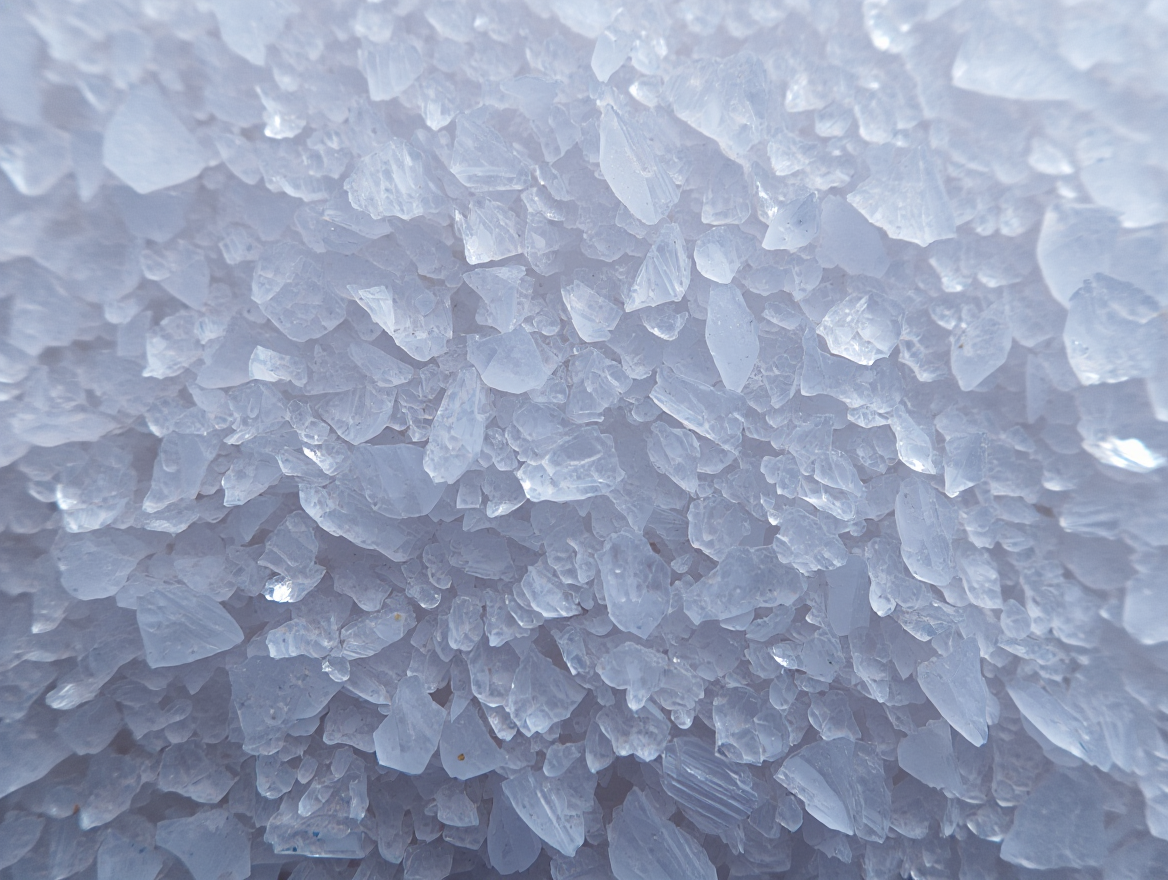
Introduction
Calcium Ammonium Nitrate (CAN) is a nitrogen fertilizer made by blending ammonium nitrate (AN) with finely ground limestone or dolomite. This results in a product with:
- ~27% nitrogen (half nitrate, half ammonium)
- ~6–8% calcium (CaO) and sometimes magnesium
The addition of calcium carbonate stabilizes the product, making CAN safer to store and handle than straight ammonium nitrate. Its dual nitrogen form (nitrate + ammonium) provides both quick-acting and longer-lasting nitrogen availability, while calcium supports soil and plant health.
History & Development
CAN emerged in the mid-20th century as a safer alternative to straight ammonium nitrate, particularly in Europe where high-profile accidents (explosions, misuse) drove tighter controls. By diluting AN with calcium carbonate, manufacturers reduced volatility while creating a fertilizer with added agronomic benefits.
Over time, CAN has become a mainstay nitrogen fertilizer in Europe, though less used in North America and Asia, where urea dominates.
Production Process
CAN is produced by:
- Ammonium Nitrate Base: Neutralizing nitric acid with ammonia to produce AN solution.
- Addition of Calcium Carbonate: Mixing with finely ground limestone or dolomite.
- Granulation: Forming uniform granules for direct application.
This combination improves handling safety and reduces hygroscopicity (clumping).
Global Supply & Trade
Key Producers
- Europe: Yara (Norway), OCI (Netherlands), Borealis (Austria), and Fertiberia (Spain) are major suppliers.
- North Africa: Egypt produces CAN for export to Europe.
- Limited in North America: Urea dominates instead.
Key Markets
- Europe: The core market for CAN, especially in temperate cereal and pasture systems.
- Africa: Some uptake due to soil calcium benefits.
- Other regions: Minimal compared with urea or AN.
Applications
- Cereals (wheat, barley, maize): Nitrate fraction ensures rapid crop uptake, while ammonium provides sustained availability.
- Grassland & Forage: Fast-acting nitrate supports pasture regrowth.
- Horticulture: Calcium benefits soil structure and fruit quality (e.g., reducing blossom-end rot in tomatoes).
- Acidic Soils: Calcium helps neutralize acidity, improving long-term soil health.
Market Economics
Pricing
- Trades at a premium to urea due to added safety and stability.
- Benchmarks include FOB Northwest Europe.
Demand Drivers
- European cereal and forage production.
- Fertilizer safety and regulatory environment.
- Calcium demand in certain cropping systems.
Why CAN Matters
- Agronomic efficiency: Nitrate + ammonium split ensures balanced nitrogen release.
- Soil health: Calcium carbonate reduces acidification, important for long-term productivity.
- Safety: Far safer to transport and store than pure ammonium nitrate.
- Regional significance: While niche globally, CAN is indispensable in Europe.
Sustainability & Risks
- Carbon footprint: Like AN, CAN relies on ammonia and nitric acid production, which are energy-intensive.
- Leaching: Nitrate fraction is prone to leaching if applied poorly.
- Regulation: Although safer than AN, CAN is still subject to scrutiny in Europe.
Mitigation
- Improved timing and placement to reduce nitrate leaching.
- Integration with precision farming to improve nitrogen use efficiency.
- Development of stabilized or coated formulations.
Future Outlook
- Europe: CAN will remain dominant where AN restrictions are strict, and farmers value its balanced properties.
- Africa & South America: Potential niche growth where soils are acidic and calcium-deficient.
- Global competition: Urea’s lower cost will continue to dominate most non-European markets.
- Sustainability trend: Pressure to reduce nitrate leaching may encourage blending CAN with inhibitors or controlled-release technologies.
In short: CAN may be a regional fertilizer rather than a global giant, but in Europe it is a trusted, safe, and efficient nitrogen source. Its dual nitrogen forms and added calcium ensure it remains a cornerstone of European agriculture.




